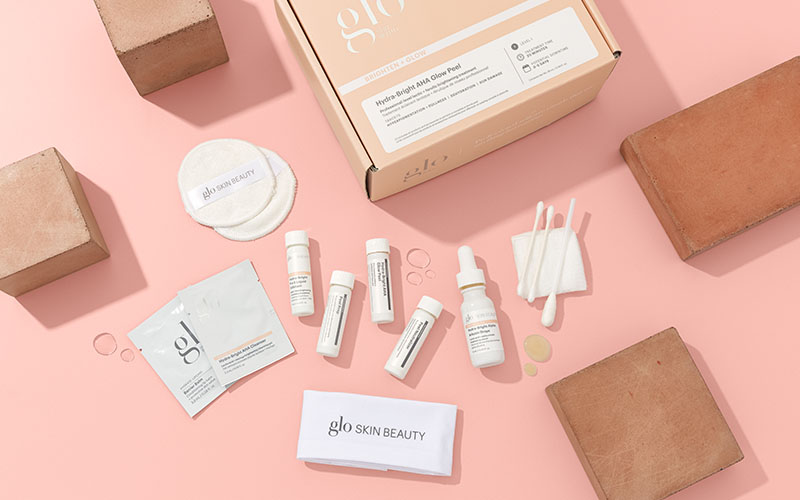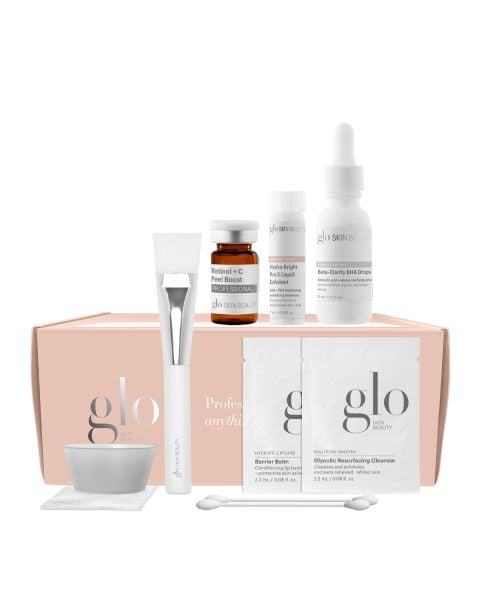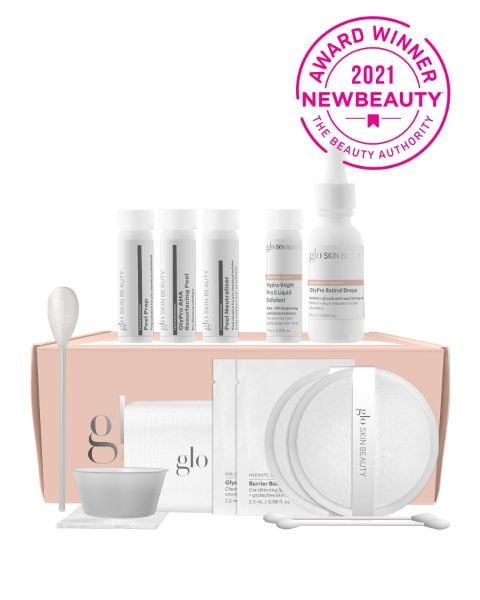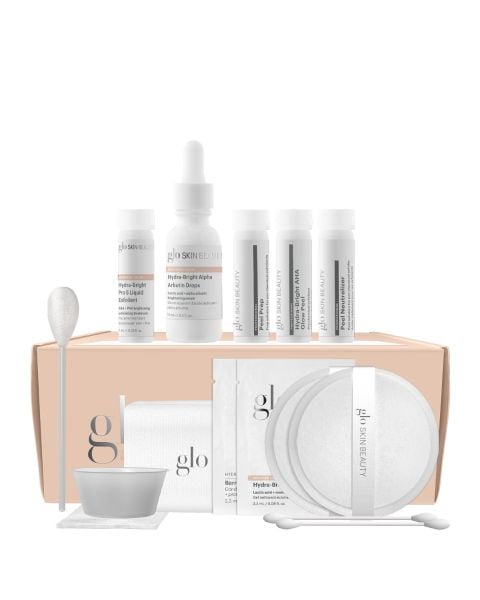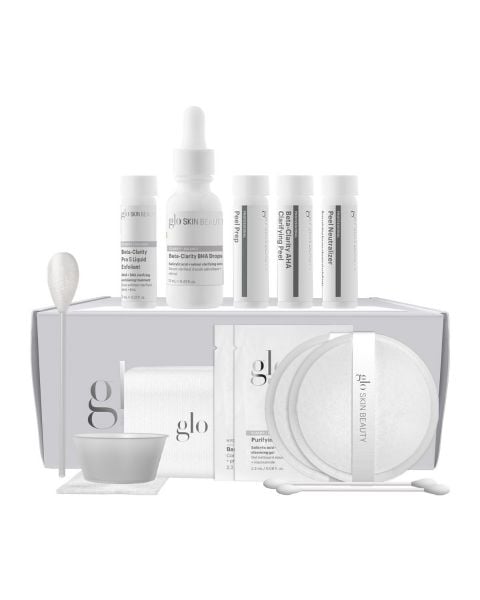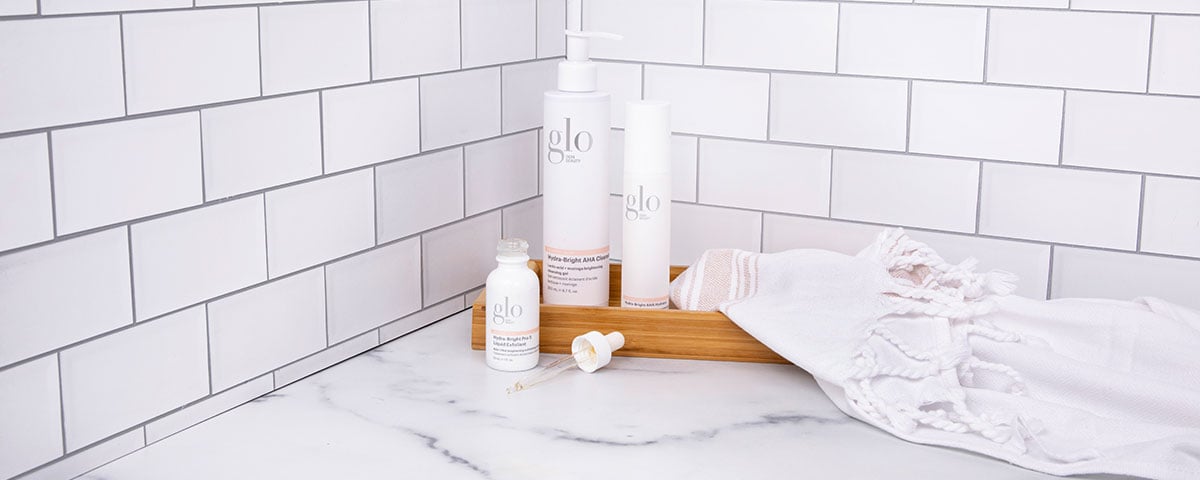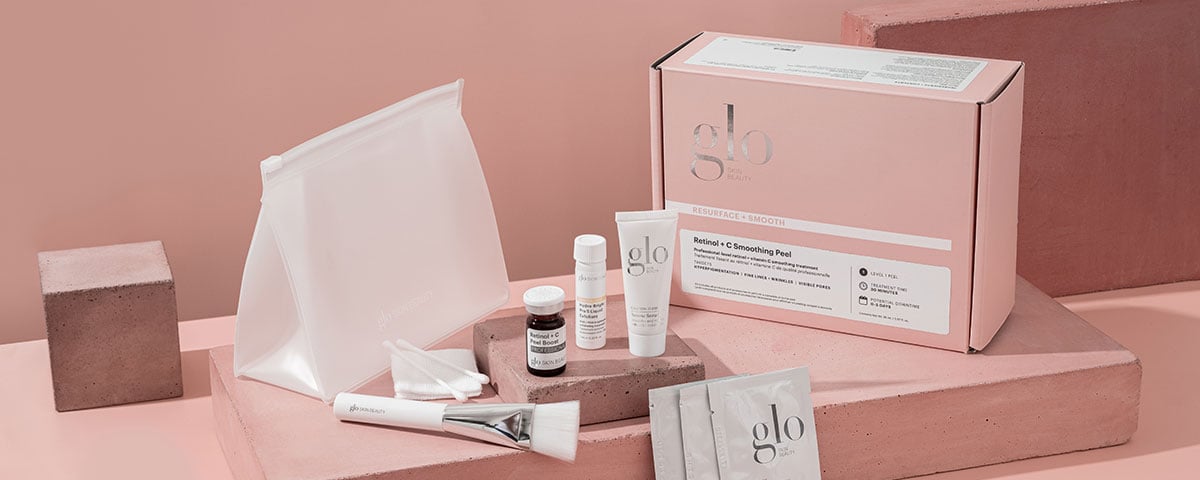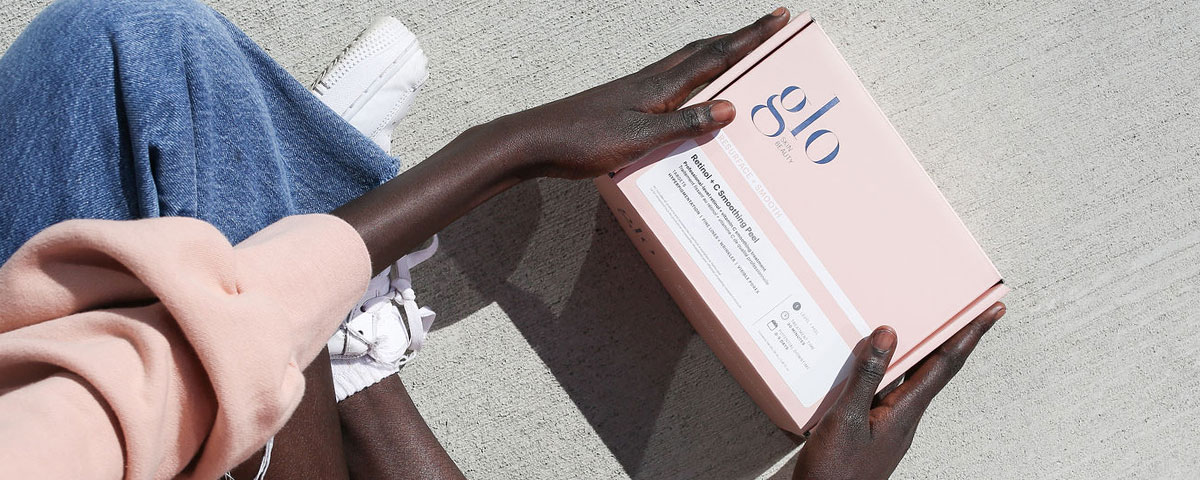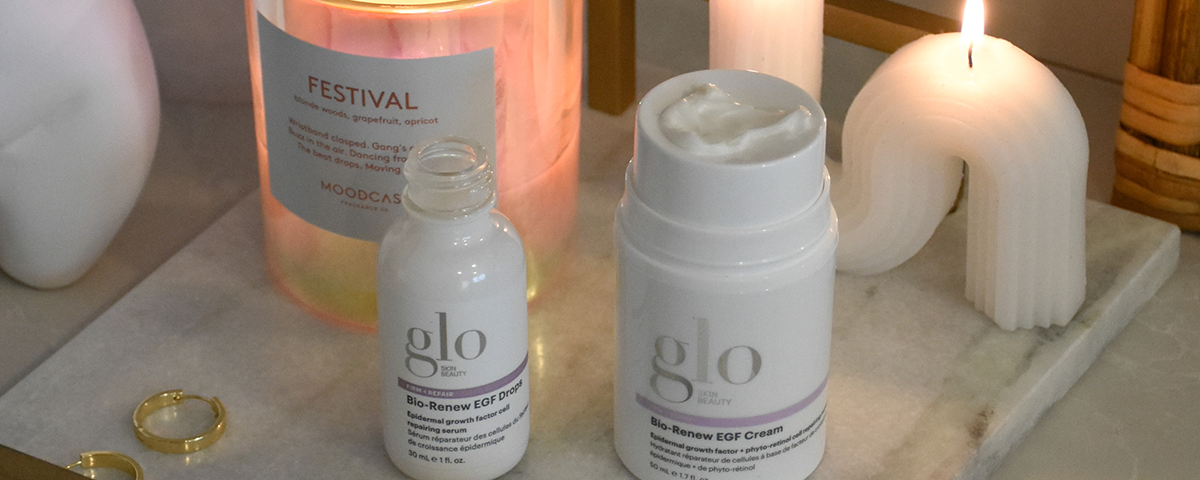- Featured
- Ingredient Spotlight
- Best Sellers
- Skincare
- Makeup
- Professional
- Blog
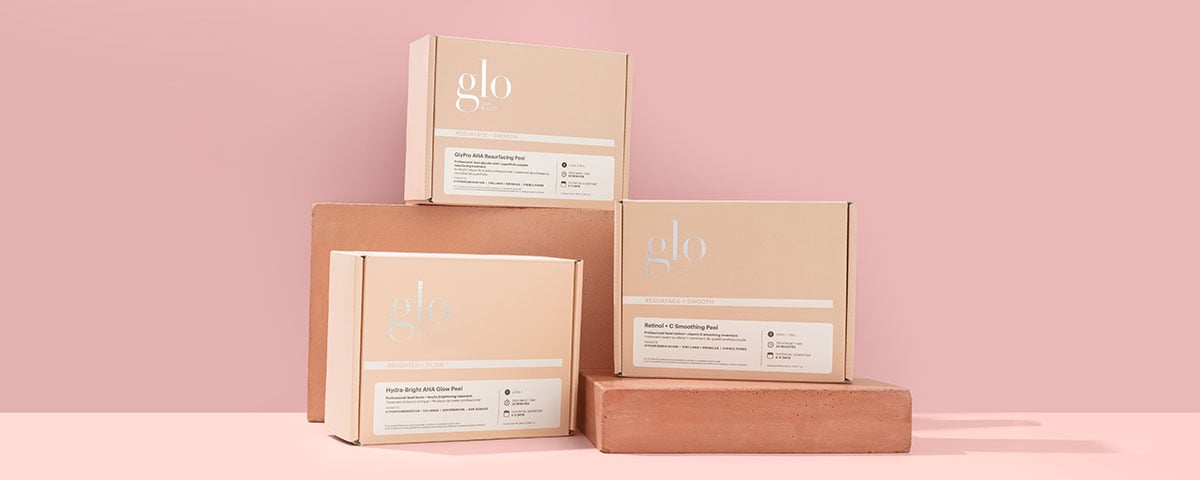
Debunking Peel Myths: Everything You Need To Know About Chemical Peels
As transformative and game-changing as they are, facial peels can be a polarizing topic. Unlike other skincare treatments, just the name itself can feel a little aggressive to some. But, spoiler alert, it may blow your mind to know not all peels actually make you peel. Some peels have zero downtime while still delivering incredible results. With today’s new generation peels powered by innovative actives in clean and clinical formations, there’s every reason for every skin type to try a peel. It’s all about finding the right one for you.
So forget any preconceptions you may have about peels, our Global Education Ambassador + Aesthetics Lead, Stephanie Scalet is here to set the record straight on these elevated exfoliation experiences and debunk a few peel myths…
Are Chemical Peels Bad For Your Skin?
"Like many things, too much of a good thing can be bad. If you go overboard with the number of peels you do and don’t follow the recommendations it can be too much for the skin to tolerate. The same can be said of any active skincare product though, so peels aren’t the exception to the rule."
Peel Pads vs Chemical Peels
“Not all peels are created equal. You’ll see a lot of products being marketed as peels, but if they’re in a single bottle or a peel pad, they can’t deliver the same results or benefits as a multi-step peel. Peel pads are a type of skincare product that typically comes in a textured pad soaked in AHAs or BHAs to exfoliate your skin. They may have an ease of use to them, but they don't work on the same level as a multi-step peel.
“Peels need to be multi-step because there are so many products within the treatment that work synergistically together to create meaningful results. With our seven step at-home peels you get everything you need to perform a safe, professional-level peel in one box, all from the comfort of your home. It includes everything you’d get in a treatment room—the cleanser, peel prep, peel, neutralizer, and even a booster serum to extend your results. Peel pads don’t come close to offering that experience and don’t deliver the truly transformative results of a multi-step peel.”
What To Expect After a Chemical Peel: Will My Skin Peel?
“Now to address the biggest concern we see with peels. Thanks to their name, the most common misconception is that your skin is always going to have a lot of redness and peeling post treatment. If your skin needs to peel, it will peel, but it’s important to note that this is true generally with other active products too. With an at-home peel, your skin may get a little bit flaky and dry but that is typically the extent of the reaction. You’ll be way more excited about how great your skin looks than anything else.
“Now, just because your skin doesn't peel, it doesn't mean the peel isn’t working. In fact, given that our at-home peels feature a more mild concentration of actives than the treatment room versions, many people won’t see any skin flaking at all—especially if your skin is used to retinol for example, you’ll likely have very little downtime from our Retinol + C Smoothing Peel.
“It’s important to distinguish between at-home peels and professional peels here too. If you receive a professional peel with an aesthetician, this peel will be a stronger formulation, so you may well experience some increased flaking that could last up to a week.
“The key takeaway here is that skin flaking or peeling does not determine how effective the peel was. And, not all peels will cause the skin to react. The success of the peel is all down to that end result—how amazing your skin looks and feels.”
Do Dermatologists Recommend Chemical Peels?
Yes! Dermatologists themselves perform peels in their practice. AAD—the American Academy of Dermatology states; “Dermatologists have been performing chemical peels for more than 50 years, with an excellent safety record.”
Does Skin Look Worse After a Chemical Peel?
"There are three types of chemical peels; superficial, medium-depth and deep-depth. Superficial peels—like our at-home peels, are the most commonly used as they require little downtime. You may experience some redness for less than an hour, or you may experience some dryness or flaking over the course of a few days, but you can go on with your life. If you’re receiving a medium-depth or deep-peel—done by professionals, your skin will definitely look worse before it looks better. Remember, we are exfoliating the skin so that we can create fresh, new skin.
“Alongside peeling, another common misconception we hear all the time is that a chemical peel will require a lot of downtime. I’ve had lots of clients say they are afraid they’ll look like Samantha after her chemical peel in Sex and the City—with super, exaggerated red skin, almost burnt looking. High concentration professional peels will cause redness and potentially a few days of flaking, but this won’t happen with our at-home peels.
We offer four at-home peels which range in levels from level 1 peels—Hydra-Bright AHA Glow Peel and Retinol + C Smoothing Peel, to level 2—GlyPro AHA Resurfacing Peel and Beta-Clarity AHA Clarifying Peel with zero to minimal downtime. So you can apply your peel the day before you have a big event, and your complexion will be good to glow.”
Check out our chemical peel before and after photos to see the results in action.
Can You See Results After One Peel?
"You’ll notice a visible improvement in your skin after one peel, but best results come with multiple treatments over time."
Is a Chemical Peel Painful?
"Some stinging, itching, or burning is normal during a chemical peel, mostly alleviated by a hand held fan, but you should never be in excessive discomfort."
People With Sensitive Skin Can Have Peels
“Here’s some surprising news; certain peels can actually be quite gentle and effective for those with sensitive skin. Sensitive skin needs exfoliation just like any other skin type. Chemical exfoliation—such as peels or our Hydra-Bright Pro 5 Liquid Exfoliant is better for sensitive skin than physical exfoliation—such as scrubs, as that scrubbing action can irritate sensitive skin. But, it’s still really important to remove any dead skin cell buildup that can contribute to dullness or a lackluster appearance. AHAs (alpha hydroxy acids) can help all skin types, hydrating and supporting sensitive skin. Our Hydra-Bright AHA Glow Peel nourishes the skin with hydrating hyaluronic acid and anti-inflammatory botanicals, making it suitable for all complexions—especially sensitive.
Our At-Home Peels At A Glance:
Hydra-Bright AHA Glow Peel
Level 1: Zero downtime + sensitive skin-friendly
Targets: Dullness, dehydration, and hyperpigmentation
Brightens: A blend of brightening botanicals + AHA, imparts a revitalized radiance.
Treats: Amplified antioxidants offer anti-pollution protection, treating hyperpigmentation issues, and smoothing the appearance of fine lines and wrinkles.
Hydrates: Delivers deep, replenishing hydration to dry, dull skin.
Retinol + C Smoothing Peel
Level 1: Minimal downtime + suitable for all skin types
Targets: Refines and brightens, smoothing and restoring skin’s radiance
Brightening: Vitamin C, niacinamide and hydroxy acids visibly brighten and improve skin clarity
Smoothing: Professional exfoliation via retinol and hydroxy acids visibly improves skin texture and reduces the appearance of fine lines + pores
Firming: Firms and boosts skin to visibly improve tone and texture
GlyPro AHA Resurfacing Peel
Level 2: Minimal downtime + suitable for all skin types except sensitive
Targets: Texture, fine lines and hyperpigmentation
Smoothing: Professional exfoliation via hero AHA, glycolic acid, retexturizes skin, addresses pores and fine lines
Brightening: Niacinamide and hydroxy acids promote a brighter, more radiant complexion
Strengthening: Superfruit complex provides antioxidant protection to support skin
Beta-Clarity AHA Clarifying Peel
Level 2: Minimal downtime + suitable for all skin types except sensitive
Targets: Pores, blemishes, excess oil, post-acne marks
Clarifying: AHA + BHA refine skin and help eliminate impurities, rebalancing excess oil, decongesting skin for a clearer complexion.
Exfoliating: Pro-level exfoliation sloughs away dead skin cells and debris, smoothing the appearance of pores and fine lines
Brightening: Targeting uneven tone and shadow marks left by blemishes, dual-action brighteners deliver refined radiance.
When Should You Not Get a Chemical Peel?
Here's a list of our most common contraindications to receiving a peel:
- Sun exposure (2 weeks before and after)
- Ingredient allergies
- Pregnancy/lactating
- Accutane usage (1 year)
- Any prescription Retinoic Acid (Retin-A, Isotretinoin) (3 months)
- Waxing (3-5 days)
- Botox (1 week before and after)
- Injectables (2 weeks)
- Microblading (3-4 weeks)
- IPL (2-4 weeks)
- Laser Resurfacing (3-6 months)
Got more peel questions? Feel free to reach out to us by hitting the Chat icon at the bottom right of your screen, or message us on Instagram posts. We’re passionate about peels and we want you to be too.
March 1, 2022

